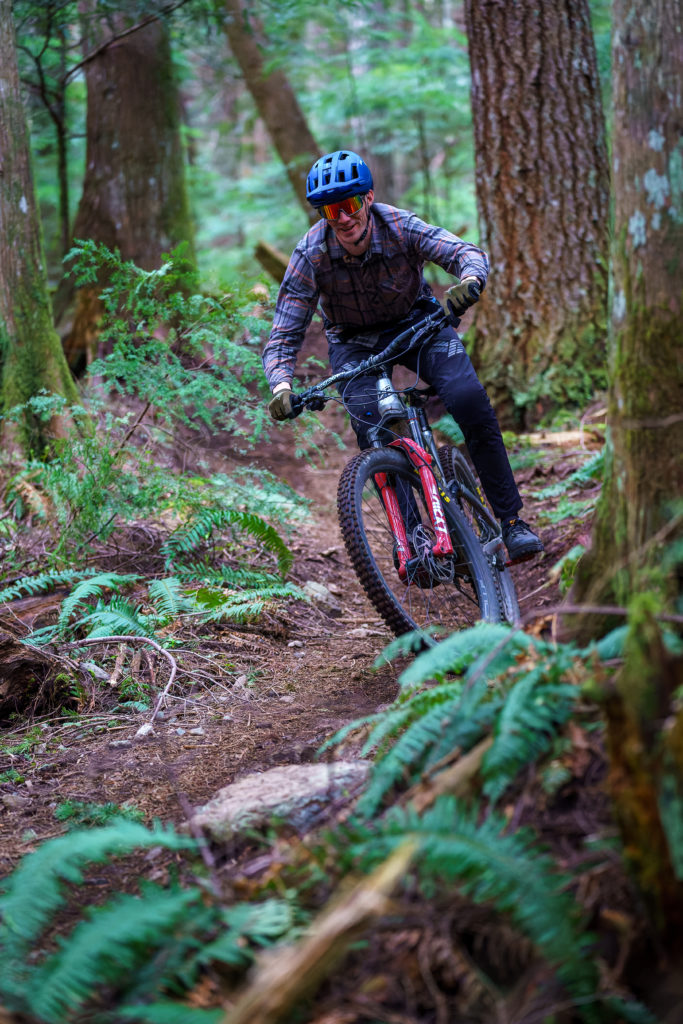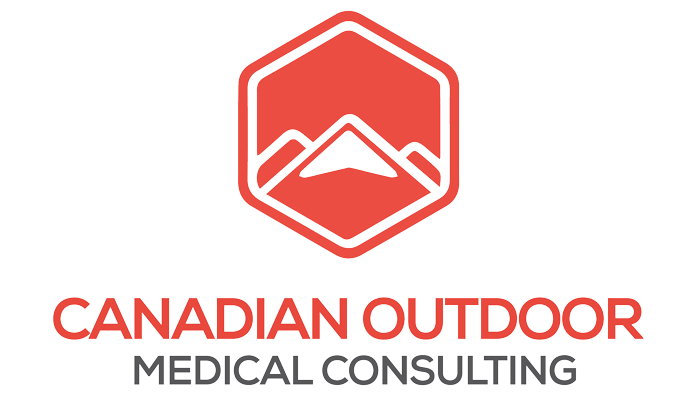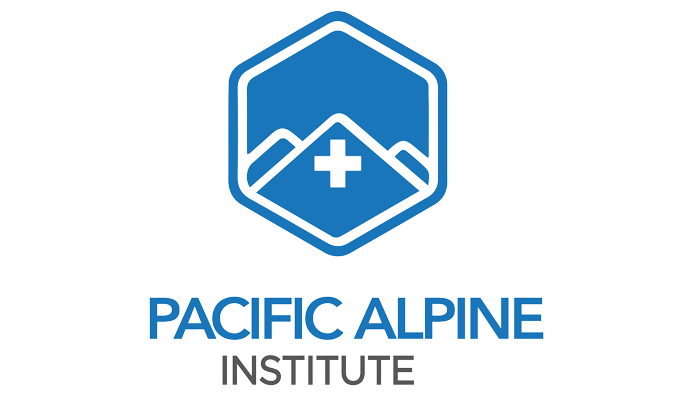First Aid for Cyclists: What To Know and Bring in 2022

Written by Nick van Egmond of Bicycle Broker
A typical cycling trip usually ends with a good beer or a well-deserved meal. However, on the off chance an accident happens – would you know how to help yourself or your friends? Whether you’re joining your first race or going off-grid on your local mountain bike trail, we break down what to pack and prepare for proper first aid care.
Here’s a list of expert first aid tips for different types of riders.
What to pack:
First Aid Kit
The contents of your kit will depend on the type of biking adventure you plan on embarking on. Certain factors such as the environment, climate, duration, and experience level may dictate what you should have.
For now, we can break down your first aid kit into two categories:
Basic first aid kit: This should have equipment for minor injuries such as scrapes, cuts, and lacerations, as well as basic splinting and immobilization, and bleeding control. This should be carried on every bike ride, even in an urban environment. As always, the most important tool in your toolbox is knowledge, so a first aid course is essential. In frontcountry environments, which would include most mountain bike or gravel riding areas in the lower mainland, a 20 hour course is recommended.
A good example for a mountain bike specific kit can be found here.
This type of medical kit should include:
- Non-adherent dressing
- Elastic compression bandage
- Transpore tape
- Antiseptic wipes
- Bandaids (fabric is best- plastic bandaids are useless for many bike injuries)
- Nitrile or latex gloves
- Gauze pads and gauze rolls
- SAM splint
- Space blanket to keep patient warm and dry
Comprehensive first aid kit: This kit is designed for those in more of a backcountry environment – farther from medical assistance, and a 40 or 80 hour course is recommended from a training perspective, especially if you will be working as a guide or coach. This type of kit includes supplies for treating a more serious injury, and for a longer period of time.
A well stocked kit should include the above items, as well as: (a good example can be found here)
- Nitrile or latex gloves
- CPR pocket mask
- 10cc Syringe
- Tourniquet (CAT tourniquet)
- Gauze 4×4 pads
- Steri Strips
- Abdominal dressing
- Large elastic compression bandages
- Israeli bandage ( or similar – for large wounds/bleeding control)
- Bivy sack to keep a patient warm for a longer period of time
It is common to carry some basic medications, but one should take a course to understand the liabilities and legal framework surrounding medication administration. Some common medications would be:
- Antiseptic solution for wound irrigation
- Epi-pen auto-injector
- Antihistamines
- NSAIDS such as ibuprofen or acetaminophen
Helmet and reflective or high-visibility gear.
Head injuries are actually the leading cause of fatal bike accidents and wearing your helmet can significantly reduce your risk of serious injury by 70 percent. If riding on the road, don’t forget to pair them with reflective gear and high-visibility clothing. Make sure to also use front and rear lights and increase your visibility when it matters most: at night or at dawn. If you are a mountain biker, a modern helmet with a Multi-directional Impact Protection System (such as MIPS) has been proven to reduce head injuries.
Always bring your cellphone, ID, and some cash.
Don’t forget to bring these essentials as well. Best case scenario and there’s signal, you can always use your cellphone to call for help. Your ID can help an emergency response team identify you if something were to happen and cash can come in handy anytime you need transportation or last-minute emergency purchases nearby.
What to do
Hydrate. Hydrate. Hydrate.
Always remember to drink up before every ride. This can help you avoid complications during your trips such as cramps or muscle pulls. If this does happen, simply stretch and massage your muscles, hydrate well and slowly but surely proceed with your ride.
Hire a professional guide.
If you plan on doing a mountain bike trail and you’re not familiar with the route, stick with a pro to guide you along the way. Not only will you have an easier time navigating it, but definitely a safer one too.
Get first aid training- specific to the environment you ride in.
Companies like Canadian Outdoor Medical Consulting offer outdoor first aid training such as their Wilderness First Aid courses. Choose from their basic and advanced classes whether you’re a first-timer or need a refresher.
Learn how to make emergency calls.
Take advantage of apps that can easily detect when you’re in a crash or a fall outdoors. The Flare app automatically detects if you’ve been in an accident and notifies your emergency contacts in case you’re unresponsive. It can even send an SOS to nearby stores and users.
You can also check out the Trailfork app for the best routes and navigation safety by providing its users with tools and data to properly plan and prepare for their biking adventure.
Safety first
Whether you’re a pro athlete or casual rider, your cycling life deserves utmost care and safety. If you don’t have coverage yet, Bicycle Broker can work with you to find the best bike insurance for your needs. As cyclists and insurance professionals, we know firsthand that prevention is cheaper and safer than the alternative.








